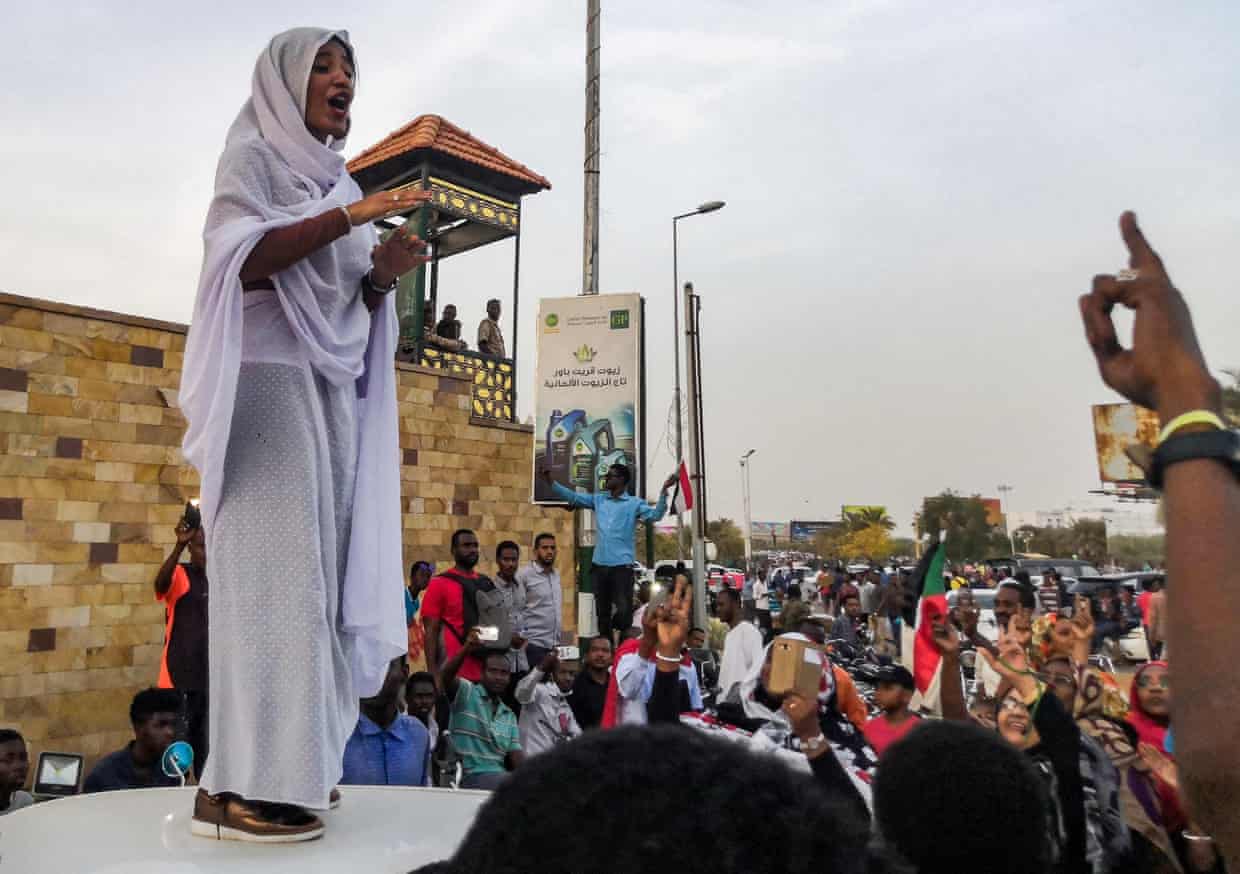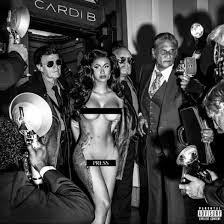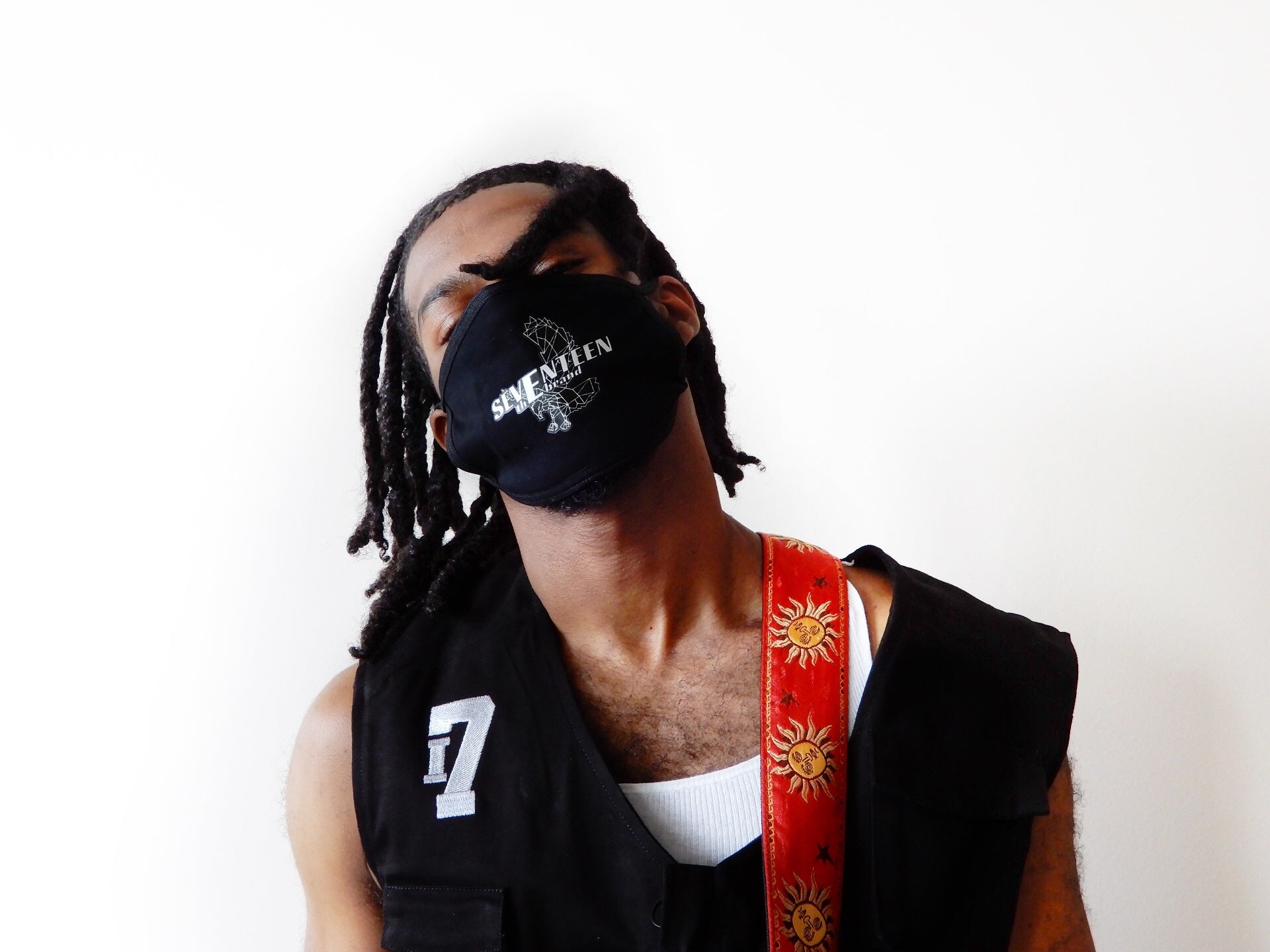
Never Silence Sudan
Newsflash: not every atrocity is covered in the news.
This is exactly why social media is powerful.
The Power of Social Media
Sudanese people around the world, also called the Sudanese diaspora, are using social media to raise awareness about the crimes committed against humanity and the internet blackout in the country. Under the #IAmTheSudanRevolution hashtag, social media users are showing support for the ongoing demonstrations while pressuring the international community to pay more attention to the horrible events occurring in Sudan.
On Monday, the third of June, the Sudanese security forces and the paramilitary Rapid Support Forces (RSF) opened fire on unarmed protestors in Khartoum. Women, men and children are tortured, raped and murdered by those who were supposed to keep them safe. The access to mobile internet has been entirely shut down.
Please use the following hashtags to draw international attention to the crimes committed in Sudan:
#Internet_Blackout_in_Sudan
#IAmTheSudanRevolution
#العصيان_المدني_الشامل
#SudanUprising
#SudanRevolution
Never Silence Sudanese Women
The number of women in the streets calling for change outnumbered the men. Women are at the forefront of the uprising in Sudan. They are standing up for their rights and those of their whole community and cannot be silenced. There has been one woman in particular that has sparked the interest of the internet and that has gone viral. Alaa Salah, a 22-year-old engineering and architecture student at Sudan International University, has captured the attention of the world while she was standing on a car in a long white garment, singing and leading the crowd. She became the icon of the Sudanese uprising.
The history behind Salah’s outfit
The long white garment and golden earrings, that Salah was wearing, were inspired by outfits that Sudanese women wore during revolutions in the 1960s and 1980s. Sudanese women wore the traditional white robe in support of the protests and women’s rights. You can find pictures of female protesters wearing the white garment with the #whitemarch hashtag.
The garment has become a symbol of the female protesters.
“The toub has a kind of power and it reminds us of the Kandakas.”, Salah said.
Kandakas were queens of the Nubian kingdom of Kush (more than 3,000 years ago), which ruled much of what is now the modern-day Sudan.
Salah has received death threats, but this cannot silence her.
“I will not bow down. My voice cannot be suppressed. Will hold Al-Bashir responsible if anything happens to me. #JusticeWillPrevail,”, she tweeted, just one day before al-Bashir was removed from power.
Take a look at her Twitter account: @oalaa_salah.
Instead of turning a blind eye, let’s raise awareness and if possible, let’s donate to projects that are helping civilians to survive.
Never Silence Sudan.
tekst: Laura Whitney Mottola





